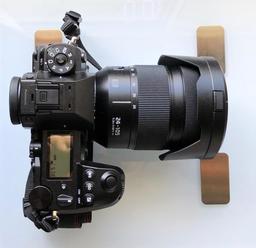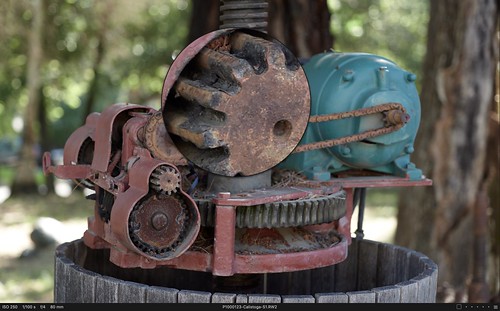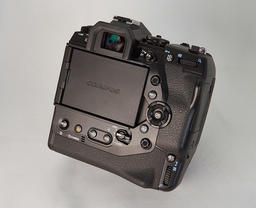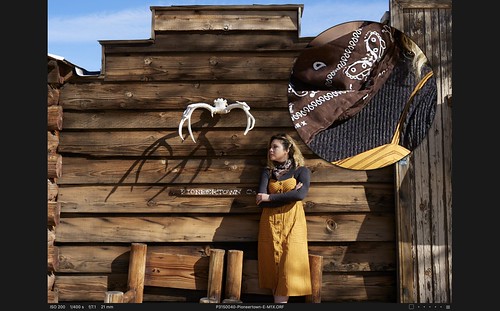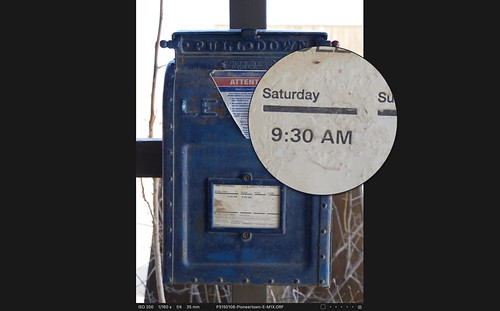Here's a close look at the RAW files produced by two of the most talked about cameras of 2019. First up, we have the heavy weight Panasonic Lumix DC-S1 Mirrorless Digital Camera with 24-105mm Lens.
The Panasonic S1 at 200 Percent
These RAW files were recorded in Program mode with auto ISO and auto white balance. The files were then loaded into Capture One Pro 12.3 running on an iMac with Retina 4K display and Radeon Pro 560 graphics card. No image edits were made to the files. The screenshots are presented the way that Capture One Pro decoded them. The loupe view in the image is at 200 percent. You can see the basic metadata for the image at the bottom of its frame.
Next up, we have two images from the Olympus OM-D E-M1X Mirrorless Digital Camera with an original version of the Panasonic Lumix G X Vario 12-35mm f/2.8 II ASPH. POWER O.I.S. Lens.
The Olympus OM-D E-M1X
These RAW files were recorded in Program mode with auto ISO and auto white balance. The files were then loaded into Capture One Pro 12.3 running on an iMac with Retina 4K display and Radeon Pro 560 graphics card. No image edits were made to the files. They are presented the way that Capture One Pro decoded them. The loupe view in the image is at 200 percent. You can see the basic metadata for the image at the bottom of its frame.
Notes on Comparison
This is not a scientific test. I wanted to see how the files compared after walking around taking pictures with these wonderful cameras. Images from both devices were captured in good light and lower ISOs. I would anticipate greater differences between their respective image qualities at higher ISOs.
Both cameras rendered sharp images at normal viewing and at 200 percent. It's really quite remarkable the quality we have in our cameras these days. I could tell some difference with patterns between the two competitors. The Panasonic S1 did an outstanding job of resolving linear elements displayed at various angles. The E-M1X had plenty of pop, but some of the lines weren't quite as smooth. This was only noticeable at high magnification.
The other thing that jumped out at me was the softer depth of field falloff shooting in just regular program mode with the Panasonic S1. Even at f/4, which is the maximum aperture for the 24-105mm zoom I was using, there is some lovely softness behind the subjects.
For a walk around field test, taking pictures as I would on vacation, I loved what I saw. There is an advantage to full frame, but you have to magnify (or go into low light) to appreciate the difference.
Master Capture One Pro 12
You can learn all the ins and outs of this amazing software in the comfort of your home, or even on your smartphone by watching this fast-paced training: Capture One Pro 12 Essential Training on LinkedIn Learning. If you're a lynda.com fan, it's available there as well. You will learn everything from image organization, to expert editing, to output and more. It will feel good to finally take control of your photo library with Capture One Pro 12.
You can share your thoughts at the TDS Facebook page, where I'll post this story for discussion.
